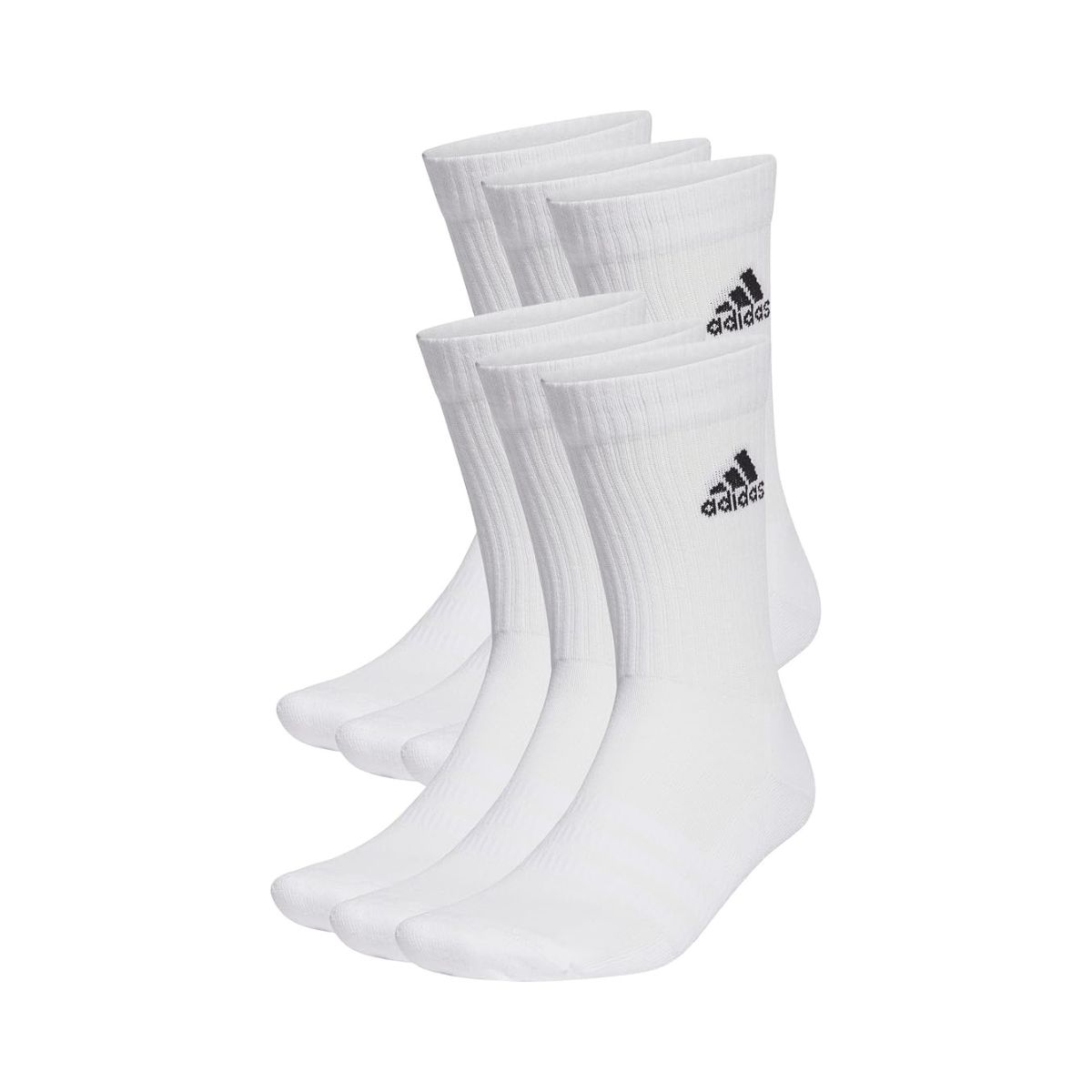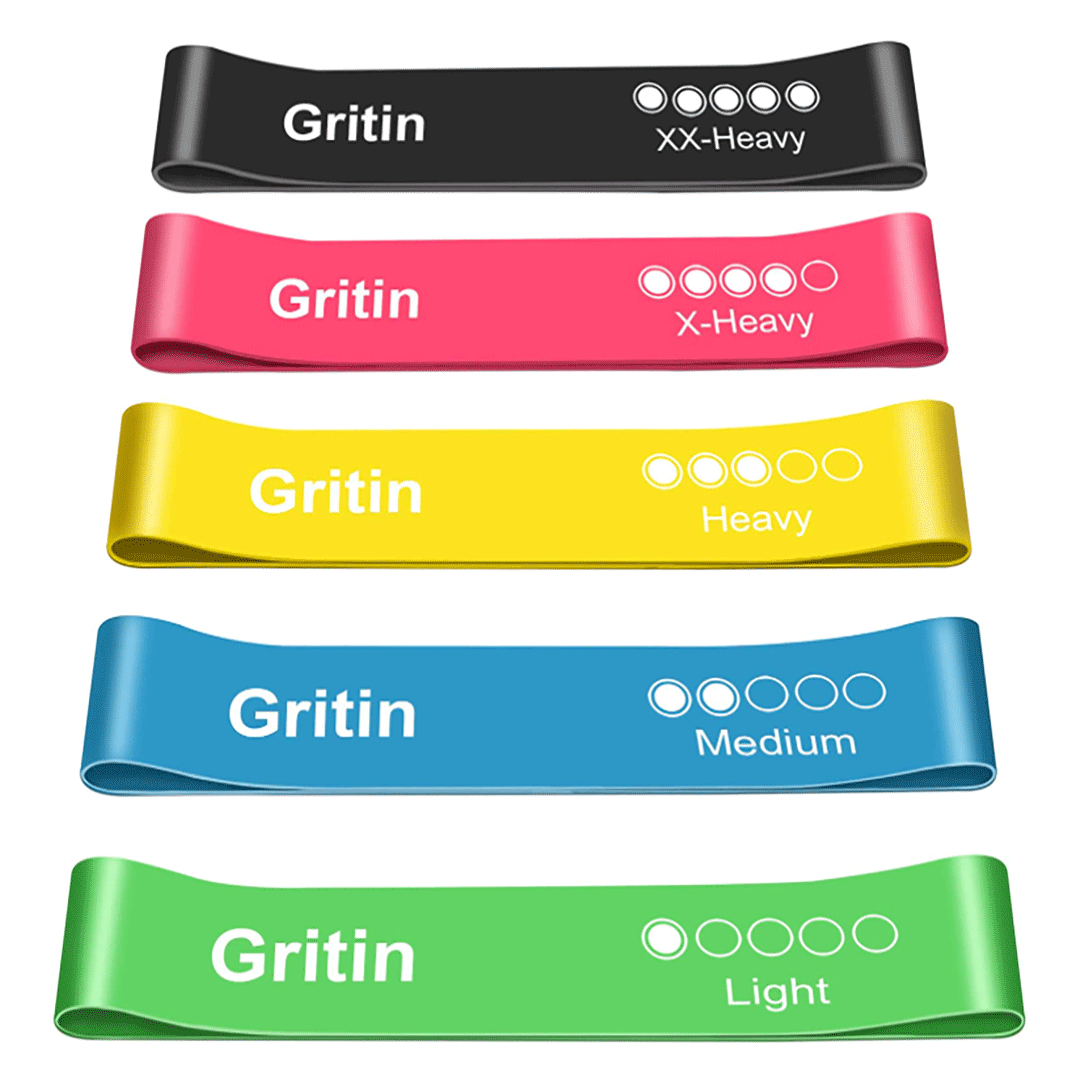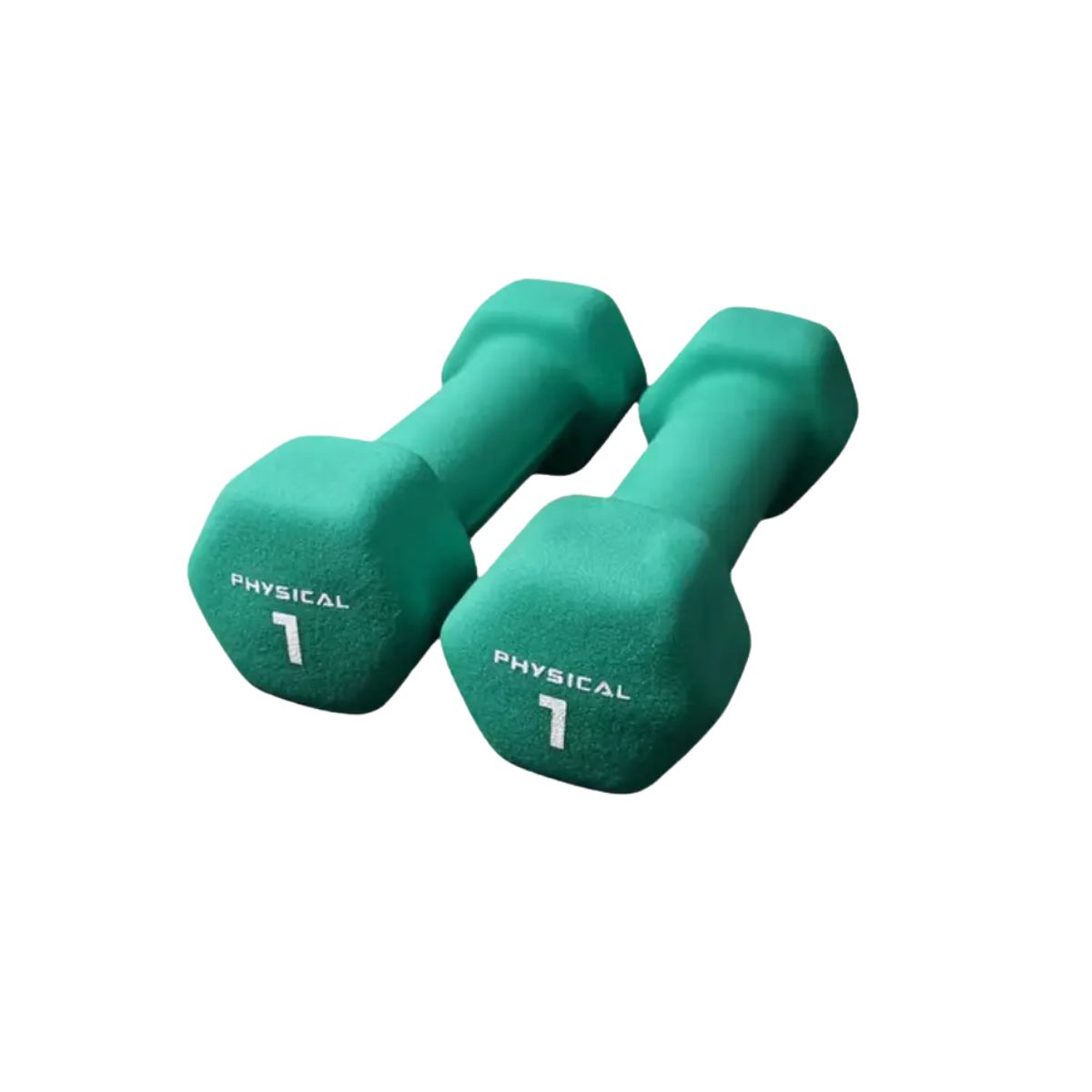TikTok’s "Great Lock-In" Trend Is 2025’s Answer to the Winter Arc. But Do We Need Another Glow-Up Challenge?
Is the answer really to lock in, or would we be better logging off?


I’ll admit it - my default reaction to viral wellness trends is usually an eye-roll. As a Health Writer, I’ve seen more than my fair share of glow-up challenges promising life-changing results, only to serve up a cocktail of restriction, unrealistic goals, and diet culture disguised as discipline.
So when the “Great Lock-In” started dominating my feeds, and Google searches spiked over 1000% in just a month, I was ready to file it under "not another one." Like the Operation 66 or many, many flavours of the 75 Hard (we're looking at you, medium, soft and hotter) challenge before it.
But here’s the thing: when I actually looked into it, I was surprised. Unlike its stricter predecessors, the great lock-in doesn’t come with a set of rules. Some creators lean into the classic extremes of cold showers, sugar bans and 5 am starts, but many others are using it as a softer opportunity to reset by drinking more water, moving regularly, meditating daily and prepping proper meals after a busy summer.
In that sense, locking in is less a challenge and more a mindset. The only consistent thread is that it’s rooted in two powerful psychological principles: goal-setting theory and habit formation. Goal-setting, first explored by psychologists Locke and Latham in the 1960s, shows that specific, time-bound goals make us far more likely to succeed. And as for habits? A 2024 study confirmed that long-term change comes from two to five months of small, consistent actions, not a frantic three-week sprint.
With the Great Lock-In running from September through to New Year’s Eve, it’s actually well-timed to build those routines and avoid any kind of panic come January.
But there’s a catch (of course, there is). Research from 2021 warns that performance-based goals (ones where we chase a specific result) can damage motivation if we slip up. In contrast, learning-based goals, which focus on the process, are far more sustainable. The problem with content-led trends like the Great Lock In is that they can easily shift from personal development into performative progress. When your goals become about what you post, the line between what feels good and what looks good gets blurry.
So, if you’re wondering whether to join the throngs of people locking in this autumn, read on. Below, I spoke to therapists, nervous system specialists and fitness experts to find out if and how you can get involved in a positive and healthy, rather than pressurising or performative, way.
Celebrity news, beauty, fashion advice, and fascinating features, delivered straight to your inbox!
Whilst you’re here, you might want to read up on other viral fitness challenges doing the rounds online. We’ve got expert-led takes on last year’s Winter Arc, here, plus, find out how one writer fared when she tried out the 5-5-5-30 morning routine to boost her energy and focus, here.
I’m Not One to Fall for Viral Fitness Challenges - But the Great Lock In Does Have Its Perks
What is The Great Lock In challenge?
According to Sam Boatwright, personal trainer and co-founder of Brown Bag Protein, "the Great Lock In is simply a self-improvement challenge which encourages individuals to set and commit to their goals for the last four months of the year."
"The idea is that by getting your head down and committing to clear, structured goals until 31st December, you’ll enter the New Year as the healthiest version of yourself," he explains.
And while many of the goals you’ll see circulating online are fitness-focused, "this period of hibernation can be used to focus on all areas of self-improvement," adds Ben Mounsey, Strava athlete and trail marketing lead at SportsShoes.
What does the Great Lock In involve?
Now that you’ve got the gist of what the Great Lock In is in theory, you might be wondering what it actually looks like in practice.
The truth is, it’s entirely individual. The challenge is designed to be tailored to your personal goals and lifestyle. You could choose some of the popular commitments being made by creators, below, or you could opt for something that aligns better with the person you want to be in the next few months.
- Walking 10,000 steps a day
- Drinking two litres of water
- Committing to three to five workouts a week
- Eating whole foods, such as fruit, vegetables, whole grains and unprocessed meats with every meal
- Leaving your phone outside your bedroom overnight
- Aiming for eight to ten hours of sleep per night
- Daily journalling
All this is to say that there are endless possible ways you could lock in. If financial wellbeing is more of a priority right now, focus there. If meditation is your thing, start a daily practice. It’s yours to shape.
What do the experts think of the trend?
“I’m quite conflicted about it,” says therapist Lauren Young, who acknowledges the appeal. “Setting concrete rules can feel safer than ambiguity, especially if you’re struggling. But we have to be careful not to mistake burnout as a personal productivity problem to be solved by disciplined self-optimisation.”
Somatic therapist and nervous system specialist, Phoebe Greenacre, agrees. “I’m all for a reset, and having a clear start date can feel exciting. That said, it’s very easy for people to push too hard and tip into survival mode.”
She warns that whilst initial motivation can be powerful, “ignoring your body’s signals and pushing through when you’re exhausted can lead to stress, burnout and shame if you can’t keep up or life gets in the way.”
Instead, Young says real progress comes from “learning to be flexible with your goals, listening to your body and knowing you can rest without earning it, using a lens of self-compassion rather than self-discipline.”
What are the benefits of The Great Lock In?
Of course, the experts recognise that there are plenty of benefits to giving the challenge a go, including fresh motivation, a sense of community, improved physical health and mental clarity.
1. Structure through the darker months
We all know how hard it is to keep healthy habits going in the winter, especially when it comes to exercise. Whether concerned about safety in the dark or put off by the cold, damp temperatures, two-thirds of us exercise less in these last few months, according to research from Women in Sport.
“When autumn hits and the days get shorter, a lot of us feel a bit lost and unmotivated,” says Young. “Having clear daily goals gives you something tangible to focus on, which can be genuinely grounding when everything else feels vague or overwhelming.”
2. Community support
While TikTok-led trends can be a breeding ground for comparison and competition, they can also offer genuine camaraderie.
“Locking in alongside others creates accountability and connection. When you're struggling, seeing other people work towards similar goals normalises the effort and makes it feel less lonely,” says Young.
3. Better sleep
There’s no disputing that sleep is a superpower, with research linking a consistent seven to nine hours a night to lower stress levels, healthier body composition, reduced chance of cardiovascular conditions and even a lower risk of early death.
“So many people are chronically exhausted but feel guilty about resting,” says Young. “Having a challenge that tells you to sleep more gives you permission to prioritise something your body desperately needs.”
4. Mental clarity
Greenacre adds that focusing on a few clear goals can help us to resist the more-is-more mindset.
“When you’re feeling scattered, choosing one or two goals makes life feel less noisy,” she explains.
It’s all down to ‘cognitive constraints’ in our brain, which show up when multiple goals become too much for our attention, memory and processing abilities, with research showing that this reduces our chance of success in any one of our individual goals.
Are there any risks to The Great Lock In?
As you might have guessed, for every benefit, there’s a potential downside. Here’s what to look out for.
1. All or nothing thinking
Research consistently links perfectionism to higher levels of burnout. Characterised by unrelenting high standards and an all or nothing mindset, these traits are given a field day when we set rules for ourselves.
“Setting yourself rigid rules is what causes burnout in the first place,” explains Young. “If missing one workout leads you to feel like a failure or fall into a shame spiral, then it just reinforces the misconception that you’re not good enough.”
And as Boatwright explains, this “feeling of failure” can be counterproductive because it “leads to people falling back into old habits and losing motivation to continue with any positive lifestyle changes.”
2. Social withdrawal
The term “lock in” is being taken literally by some, with creators opting out of social plans to stay focused. But social connection is vital for our mental health, especially as we head into winter.
“If you're turning down dinner with friends because there might be restricted foods, or you can't relax because you haven't hit your steps yet, the challenge is working against genuine wellbeing,” says Young.
3. Injury
Making drastic changes to your fitness habits too quickly is a one-way ticket to injury, as Boatwright points out. “These challenges make it easy to think that the more you train, lift or cut out, the more weight you’ll lose or the stronger you’ll get. This attitude can lead to compromised rest and recovery, which can negatively impact performance and results.”
Mounsey agrees. “As much as you might want to lock in after a slower summer, you must allow time for your body to adapt to increased levels of physical activity. Prioritising rest, as well as incorporating different methods of training, will help to build up strength and prevent injuries.”
4. Comparison
As with all social media trends, it’s crucial to remember that what’s shared online is a highlight reel and not the reality of someone’s day-to-day life.
“Watching others thrive can trigger the 'I’m behind' feeling,” says Greenacre, whilst Young reminds us that one size never fits all. “Three litres of water is excessive for some people, whilst nine hours of sleep isn't realistic for parents of young children,” she explains. “Going by rules you’ve found online risks ignoring your individual circumstances. If not managed, it can lead you to feel that you’re not meeting fixed standards that might not even be appropriate for you.”
How can I take part in The Great Lock In in a way that feels positive for me?
With both pros and cons to locking in, the experts are clear that there are ways to get involved with the trend without harming your mental or physical health.
1. Pick one meaningful goal
“Instead of trying to overhaul everything, take small, steady steps towards something that matters to you,” says Greenacre, who explains that having a personal connection to your goal is a key ingredient for success. Research backs her up; a strong why behind your goal helps sustain focus, attention and motivation over time.
2. Consider your starting point
This is particularly important for any physical goals you set yourself, but can be applied across all areas of self-improvement.
When it comes to fitness, “how many workouts you aim to complete each week is heavily dependent on your current fitness regime,” Boatwright explains. “If you exercise frequently already, you could aim to do one or two extra workouts each week or try a new form of exercise. If you’re a beginner, aim for two workouts per week - this could be a gym class or weight training - whilst increasing your steps each day too.”
Like Greenacre, Boatwright emphasises that gradual change beats drastic overhauls. “Starting small makes it easier to gradually increase the amount of exercise you complete each week as time goes on. For example, by month two, you could be feeling much more comfortable adding that extra workout to your weekly schedule.”
3. Schedule downtime
Rest days are essential for both our physical and mental health, which is why, whether your goals are fitness-related or not, having time to switch off is important for long-term success.
“Your downtime should be scheduled in the same way as your work,” says Greenacre. “This makes sure it remains a priority and your nervous system gets time to recover.”
Young likes the idea of including a specific "no rules" day once a week to practice flexibility and prevent rigidity from taking over. But whether you prefer to build in flexibility daily, or have a designated off day, she reminds us that “focusing on goals which add rather than eliminate, like walks, water and rest,” are all good ways to maintain a positive lock-in period.
4. Stay flexible
Finally, and most importantly, “treat this as an experiment where you're gathering data about what helps you specifically, not as a test of your worth or willpower,” says Young. “Adapt the rules to fit your life rather than forcing yourself into someone else's template.” She adds: “If you find yourself getting anxious about ‘breaking rules,’ or are withdrawing from social connections to maintain the challenge, these are red flags; a sign to step back to gain some perspective.”
Greenacre agrees. “Life happens, and it’s always better to adapt than to give up completely. You’re human, not a machine, and growth still counts even if it’s slower.”
Our verdict
The Great Lock In has all the hallmarks of a "better" kind of glow-up challenge: one that’s more personal, flexible and potentially more sustainable. But, like most social media trends, it comes with caveats.
There’s no harm in taking inspiration from the creators you see online. But if it leads you into a comparison, it's much harder to tune into what your own body needs.
So if you are keen to use these last few months of the year to make progress on something which really matters to you, then I say go for it - just make sure to keep checking in with yourself along the way.
Are your goals still making you feel good? Are they still working for you? If not, it’s okay to change them. You’re allowed to lock in, but you definitely don’t need to lock yourself down.
Shop products to support you through the Great Lock In:
What are the rules of The Great Lock In?
Unlike some other glow-up challenges, there are no set rules to The Great Lock In. It’s entirely up to you which area of your wellbeing you focus on; whether that’s your cardiovascular health, your strength, your mental wellbeing, or even your financial wellbeing. The challenge is simply about becoming laser-focused on something you’d like to make a habit of by the end of the year.

A former heptathlete, Ashleigh is a freelance journalist, specialising in women’s health, wellbeing and lifestyle, with words in Stylist, Cosmopolitan, Glamour and Marie Claire. She’s also the Co-Founder of Sunnie Runners, an inclusive London based run club.


